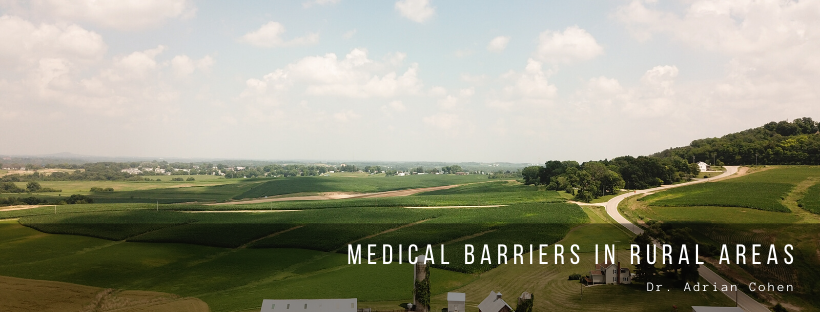Receiving medical attention in rural areas around the world can be difficult. Rural locations differ in every country but living in one typically comes with barriers that can make it extremely difficult to receive the medical care you might desire. A multitude of factors exist for why people in rural areas don’t go to the emergency room or other similar health institutions. In certain parts of rural Australia, many farmers are extremely slow to seek medical attention when feeling unwell, such as when having chest pains. Many farmers aren’t even aware of where the closest emergency department is located compared to them. Other rural areas of the world may suffer from poverty or access issues such as not having a way to get to the emergency department.
One group trying to tackle these barriers in their own community is the Mississippi Department of Health. Over half of the population of Mississippi are located in a rural area, so the states health department puts a lot of focus on their rural populations. The department strives to reach the root causes of why so much of the rural population lacks access to healthcare, and address those issues before things can become more challenging. The Department of Health works with many members of the community, including mayors, principals, service providers, faith-based organizations and much more in order to create an environment that helps individuals reach optimal health.
Victor Sutton, the Director of the Office of Preventative Health and Health Equity, is one of the individuals in charge of trying to tackle these barriers. His office uses a framework of Policy, Systems, and Environmental Change when thinking about improving health outcomes which supports leveraging policy as well as systems-level thinking in order to make a difference in an area to promote healthy habits and accessibility. At the moment, Sutton and his team are able to offer a slew of programs that can be used to fight many risk factors such as obesity, cancer prevention, school health programs and much more.
Like many groups similar to Sutton’s, they weren’t able to provide these programs right out of the gate. They had to first show evidence that these programs were effective at all. Sutton and his team would start by taking programs they know work or ones that have shown evidence of working in other areas and then try to stay as loyal to them as possible in order to stay consistent and achieve the same or similar results. Sutton’s team focused on measurements that evaluate the reach of each of these programs as well as measurements that evaluate how effective they are in actually changing health incomes. Sutton and his team make a point of trying to evaluate everything they do, as there tends to be useful information surrounding each of their processes that can be used in future endeavours, regardless of whether or not there is success.
One way in which Sutton’s team has succeeded in its mission is by building partnerships with varying organizations within the community as well as with government and faith-based organizations. One partner that has been particularly impactful are the local schools that Sutton and his team work with. Since kids spend so much time in school, it’s important those locations are healthy environments and that they promote healthy policies, especially since school facilities can be used beyond its students and make a difference for the entire community.
Sutton’s quite aware of the many problems regarding healthcare access in rural areas, such as access issues and social detriments. Many adults in rural areas can’t afford healthcare, or choose not to go due to not having a ride and Sutton’s team knows that not every program is going to work in every area, due to differences in cultures and other areas. Regardless, the team is passionate about making a difference in the community and making sure individuals in rural areas don’t have to jump through hoops just to see a doctor.

